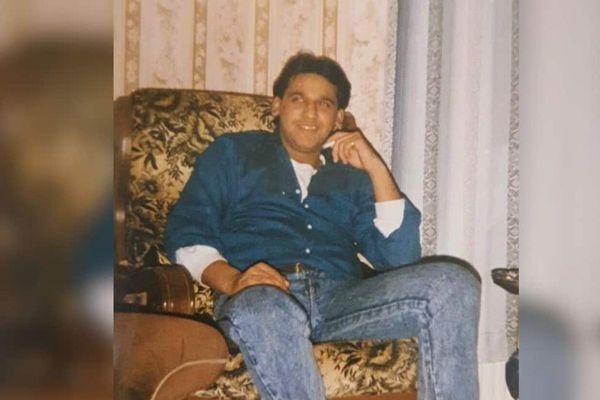
Three feminist campaigners in the Netherlands want to reclaim the insult “witch” and recognise the innocent victims of Dutch witch-hunts from the 15th to the 17th centuries with a national monument.
Susan Smit, Bregje Hofstede and Manja Bedner, the chair and board members of the National Witches Monument foundation, have raised €35,000 (£29,000) for an official site of memory for about 70,000 people who died during a Satanic panic that swept Europe and the Americas.
“It’s about creating more awareness around this history of, basically, femicide,” Hofstede said. “To this day a witch is still a comic figure. In the Netherlands, every year at the carnaval, people burn effigies of witches … but there’s hardly any knowledge of the actual history of people being burned at the stake.”
The foundation is asking for public feedback on three municipalities that want to host the national monument. In Roermond, at least 75 people, mostly women, were burned alive during the most significant witch trials in 1613 and 1614. In the area of Montferland, Mechteld ten Ham was burned alive in 1605, although she had asked for a court trial. The last candidate is Oudewater, which had an official witches’ weigh house and royal dispensation to issue certificates of innocence if someone’s weight matched their body mass (meaning they were too heavy to fly on a broom).
The historian Steije Hofhuis, who is publishing a book on the European witch-hunts, said it was a time when the masses really believed that others – generally “weak” women – were consorting with the devil and causing chaos. “People were genuinely panicking about the witch,” he said. “It was widely thought that the end of time was nigh … and horrific witches were very dangerous. You could say it was a big conspiracy theory that the devil was cooperating with people to ruin Christian communities, and the way it spread was like a cultural virus.”
It is skated over in the Dutch historical “canon” of 50 events taught to all children. It is one of the “shadowy” areas that some politicians want to teach explicitly, and a revelation to schoolchildren who visit Museum de Heksenwaag in Oudewater.
Isa van der Wee, the museum’s director, believes Oudewater would be an ideal site for the monument as it actually protected the victims, typically women and minorities, the subject of a temporary exhibition. “Maybe they were a bit different, maybe they didn’t take care of their surroundings, maybe they had a very strong personality and stood up for themselves, or simply knew a lot about herbs and how to heal,” she said, pointing out the witch-hunts still happening on modern social media. “You can disagree with others but you should not judge them … and that’s a message for all times.”
In Roermond, which has formally recognised the injustice done to victims of its witch trials as “a dark page in the city’s history”, the mayor, Yolanda Hoogtanders, has briefed councillors that a monument could help with awareness of modern-day issues such as femicide and violence against women.
Although historians such as Hofhuis say witch-hunts were not an explicit conspiracy by church or government, campaigners believe a monument would carry a strong political message. The rightwing MP Geert Wilders called the former first deputy prime minister Sigrid Kaag a “heks” (witch) in widely shared tweets and comments. She was ambushed by protesters with burning torches and later said “hate, intimidation and threats” had chased her from Dutch politics.
The Netherlands Institute for Human Rights points out that the country comes 28th in the World Economic Forum’s global gender gap index, while Germany is seventh and the UK 14th. A third of women are not economically independent, according to Statistics Netherlands, women are under-represented in politics and in boardrooms, and one in 10 report unwanted sexual advances at work. There is a national plan to counter femicide and a new law against street intimidation.
“On paper, women’s rights are often well regulated, but in practice gender inequality regularly occurs,” said a spokesperson for the institute. “This is often due to persistent traditional and stereotypical views on women’s position in the private sphere and in society.”
For Hofstede, more awareness of the people, mostly women, who were put to death as witches is not just about restoring past honour. “Culturally, ideas haven’t changed that quickly in just a few centuries and we’re still dealing with some of the thinking that went on back then, right now,” she said.
“This cultural unease with powerful women is for me the big theme linking these historical witch-hunts and the way we treat women today … And the witch can be a figure of warning.”







